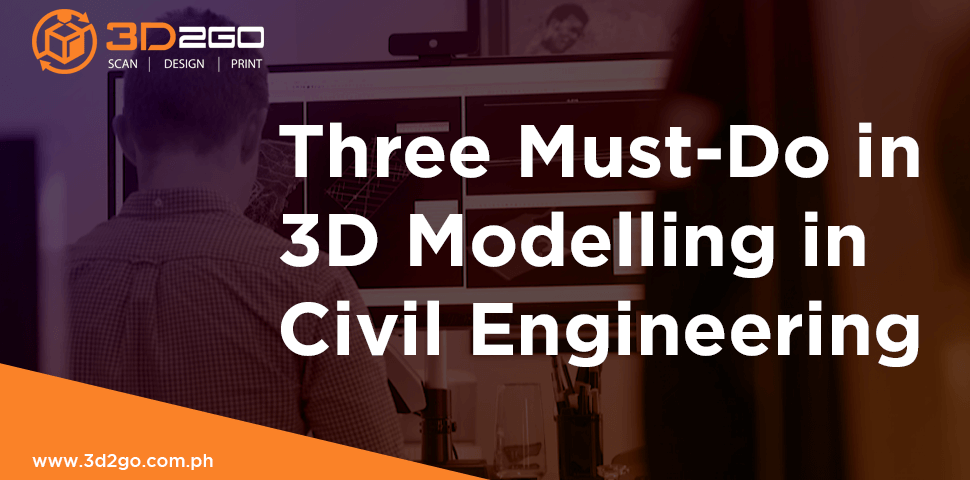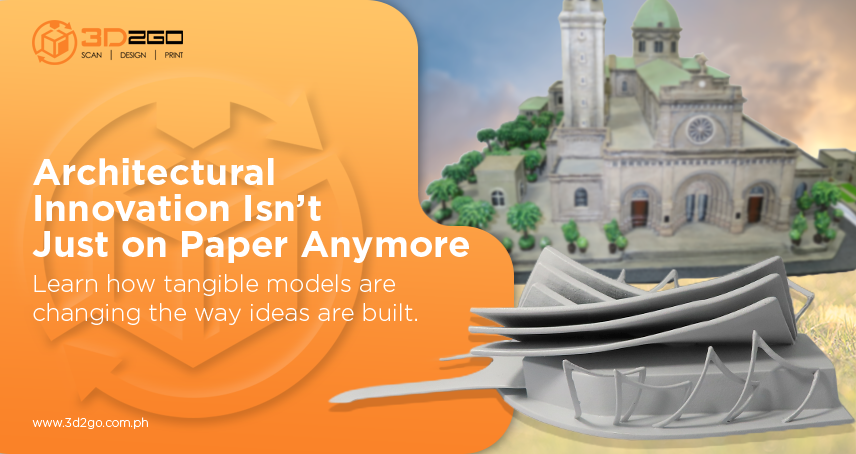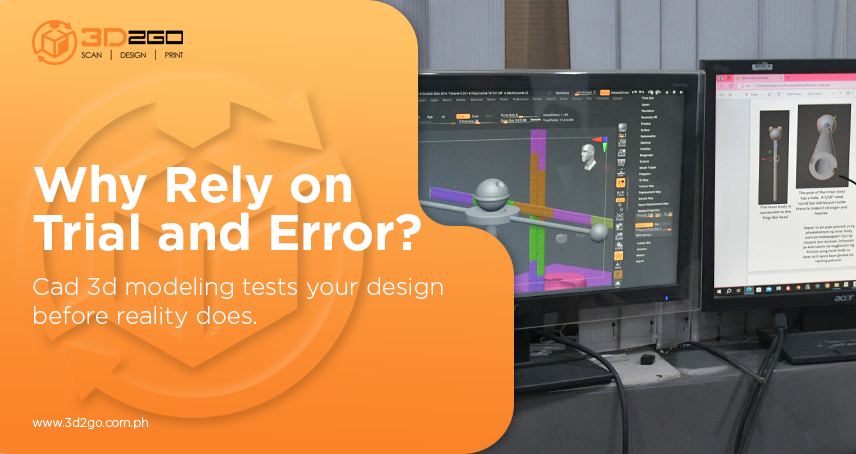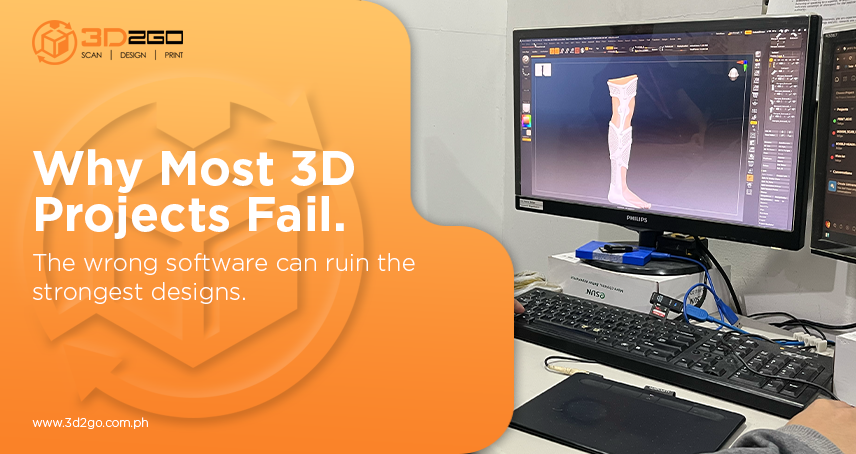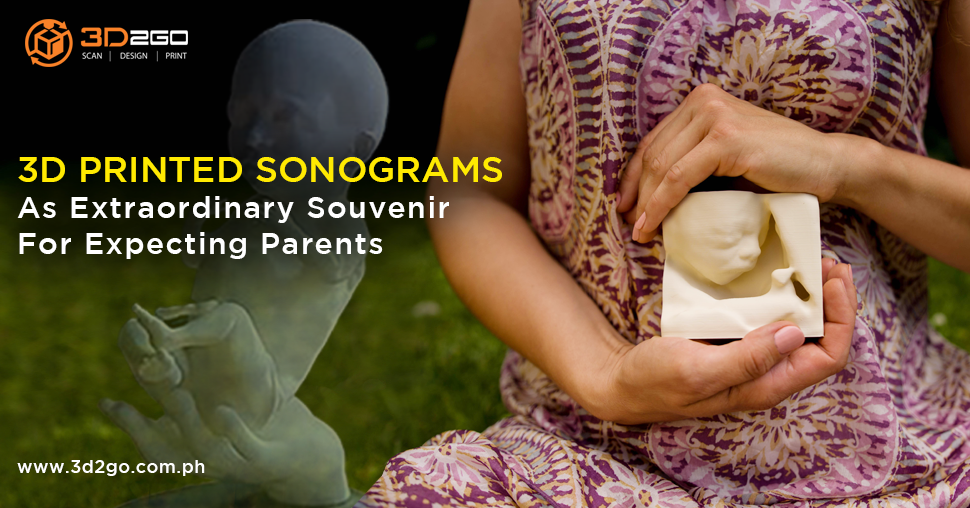
3D Printed Sonograms as Extraordinary Souvenir for Expecting Parents
June 25, 2022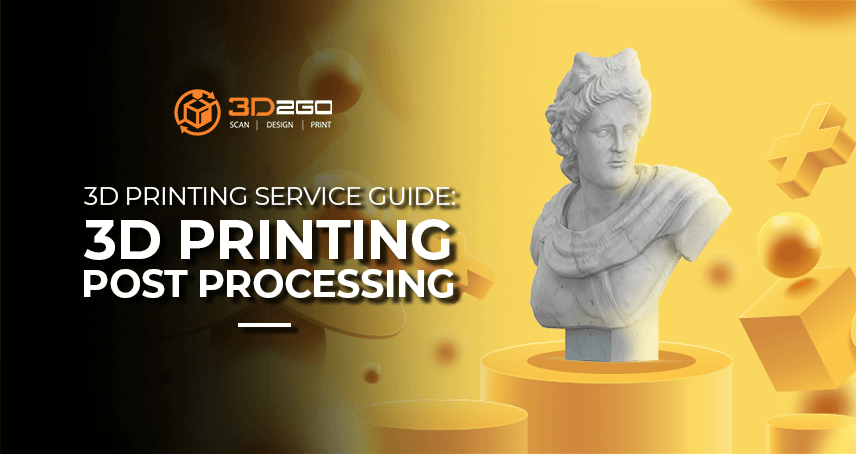
3D Printing Service Guide: 3D Printing Post Processing
June 25, 20223D Modelling in Civil Engineering is more impactful that what you think.
3D modelling is starting to grow on civil engineers because of its perks.
For one, it helps them “see” a finished structure, product or part before the actual construction. Also, it helps them save time and resources, and ensure security and safety of their project. That is why many engineers who use it love its advantages.
But in 3D modelling, there are must-dos that engineers and designers must keep in mind to make it work. Below are some of it:
1. Pay attention to all the details. The client must be able to imagine what the finished product will look like in the real world.
3D modelling means recreating visions and objects in the existing world on your computer. How can you communicate the idea you have in mind if the 3D model you made is incomplete?
It is essential to rely on reality before an original design. If you are trying to add a natural texture to a 3D model, you need to refer to existing textures first. With that said, let’s look at elements that comprise 3D designing.
A. Idea Sketching
Idea Sketching is a great way to articulate your ideas on paper. It is the starting point of any design.
Have you ever seen concept arts of your favorite movies? Idea sketching is similar to that. With idea sketches you can begin to visualize a design prior to actual development. It is a lifesaving life hack that can save you time and money especially if you are a Civil Engineer.
If you are new to 3D modeling you can start by creating a semi-formed version of your final project. Keep in mind that the most important matter with idea sketching is delivering your vision across, clearly.
So practice is essential.
B. Reference material and tools
As what we said, 3D modelling is recreating the real world on your computer. To make it realistic, you will need photos of the real thing to make it realistic. That is why it is imperative that you have a catalog of similar shapes that you can find in your environment.
Let us say you want to recreate a simple furniture like a sofa. How would you go with it? Easy, find an existing concept and base your final design on it. The more reference you have, the more accurate and unique your design will be.
Tools, on the other hand, are abundant in any 3D modelling software like Blender, ZBrush and 3DS Max. These all have built–in sculpting tools that you can utilize to create realistic digital images of your project.
In 3D modelling, experimentation is king. So if you already know the basics of sketching and sculpting, you can practice on other techniques. It is the fastest way to learn 3D designing.
C. Modeling and Texturing
Let us say you already have sketches and reference photos of the building or object you want to model. What’s next?
You now need to start to start modeling. Modeling is the fancy term for actually sculpting a 3D model. Once you have all the required resources, it is time to build the design, layers by layers to form an image.
Texturing is the hardest and the most enjoyable part. Texturing is the process of giving an object form and depth. Going back to our sofa example; if you want to make it realistic as possible, add leather texture to it. And to do this you will need images of the texture to wrap around the 3D object.
D. Environment
In Civil Engineering, the environment is as equally important as the object of focus.
How can you make sure that the construction materials you will use can stand the location’s surroundings? How can you make sure that the use of water, land and air resources are sustainable in that area?
It is why the environment is important because it ensures functionality of the model. Also, Civil Engineers are particularly involved in water supply and sewerage management and groundwater quality, remediation of contaminated sites and solid waste management.
E. Perspective
Like speaking or writing, perspective keeps the viewers engaged. It also helps the viewers understand your project even more.
In presenting your 3D model, make sure that it is in an angle that can help viewers see what makes your design unique. If you want to make it look dominating and striking, keep it at a low angle. If you want to highlight the building’s landscape and environment, a bird’s eye view angle helps.
2. Focus on lighting. Without it, the model will appear lifeless and flat.
A good lighting can do wonders for a 3D model. A correct selection of lighting techniques can significantly improve the value and aesthetic of the computer-generated object. Apart from its transformative value, it plays a vital role in defining any virtual environment.
Lighting is most important in 3D Architecture Building Models since architects use light to convey emotions, highlight details and create a visual experience. Whether it’s daylighting or artificial lighting, light draws attention to textures, colors, and forms of a space, helping architecture achieve its true purpose.
Besides, bad lighting promotes more energy usage. You wouldn’t want your building’s electricity bill to skyrocket, don’t you?
3D modelling is a cost-effective starting point to begin conceptualizing lights. Knowing what lighting technique to use is also important to understand, so we listed below some of it.
- Directional light – A technique that simulates the light coming from the sun or the moon or a distant light source.
- Point or omnidirectional light – From the word itself, “point” light comes from a single point or direction. It is often used to create fill light because it is not of a specific shape or size. A light bulb is a good example of a point light.
- Area light – Area light emits light from a specific surface with a specific shape and size; such as a window, fluorescent lamp, or backlit panel. It is a physical-based light that can create soft and realistic shadows.
- Spotlight – This technique is like a point light but it emits a cone of light on the object. It is more intense the closer it is to the source and to the center of the cone. A flashlight is a great example of a spotlight.
3. Don’t forget to study your 3D design.
Basically, maps, images and models of the built environment provide important background information for city planning and construction. It can help you scale the length of the road or a landscape.
Creating a simulated background or environment is the benefit of using three-dimensional space over traditional drafting. It allows architects and engineers to more clearly understand the conditions of a design.
Nevertheless, if a building system is complex, you can utilize 3D modelling to more clearly represent projects to other designers, builders, and clients.
Space is important in construction, as well. 3D Design and Construction is an in-demand service that helps construction firms to survey the area prior to the development. By using 3D scanning, they can map out dangerous areas for building and construction. Even more so, they can properly identify locations of sewages and pipes.
3D Modelling Service Around the Metro
If you need help with 3D CAD Drafting or Designing, we can help you.
We are 3D2Go, the premier provider for anything 3D. Need some assistance with 3D printing, 3D modelling, 3D rapid prototyping or 3D scanning? Talk to us and let’s discuss how we can work together.
Reaching out to us is easy, just shoot us a message on our social media platforms or leave a message here.


